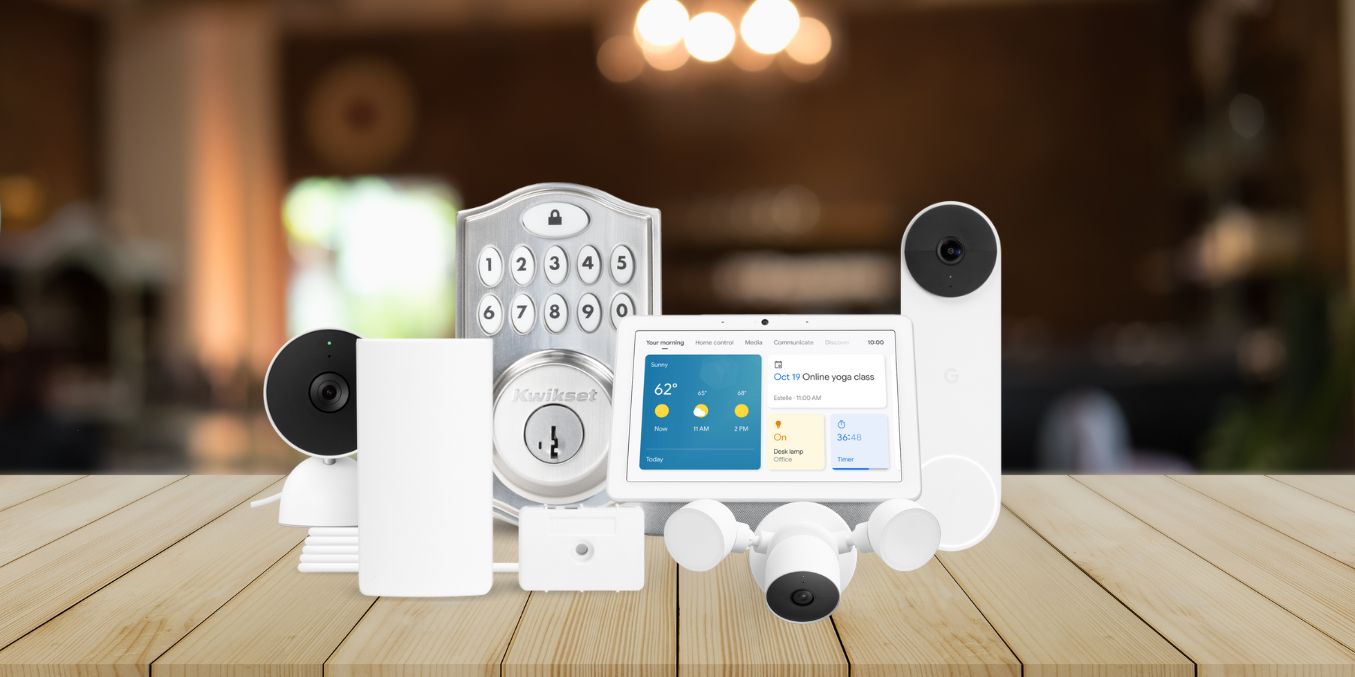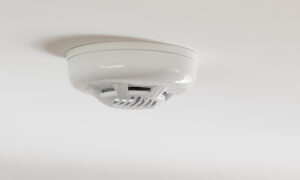Home security is a top priority for homeowners, and with technological advancements, protecting your home has never been easier. A home security system is a valuable investment that provides peace of mind and protection for your family and home. With so many options available, it becomes challenging to choose the right system. Understanding a home security system’s seven key components and how each contributes to overall safety is crucial for selecting a system that meets your needs and budget. So, let’s look at the critical components of a home security system.
Components Of A Home Security System
01. Control Panel
The control panel is the brain of the home security system. The central hub connects all the other components and communicates with the monitoring center. The control panel allows you to arm and disarm your system, control connected devices, and receive alerts. It typically features a keypad or touchscreen interface for user interaction. Modern control panels may include smart features like voice control and mobile app access.
02. Door and Window Sensors
Door and window sensors are the primary lines of defense against intruders. These tiny sensors attach to the frame of doors and windows and detect when they are opened or closed. When triggered, they send a signal to the control panel, which activates the alarm and alerts the monitoring center. Door and window sensors can be wired or wireless, often sold in sets for convenient installation.
03. Motion Detectors
Motion detectors are another type of sensor that detects movement within the home. They use infrared technology to sense a person’s or object’s heat signature and trigger the alarm. Motion detectors protect large areas, such as living rooms, hallways, and staircases. They can also be programmed to distinguish between pets and humans to prevent false alarms.
04. Surveillance Cameras
Surveillance cameras provide an extra layer of security by capturing video footage of your home. These can be installed indoors and outdoors in various styles and sizes. Some cameras have built-in motion detectors or night vision capabilities for improved visibility. Others feature innovative features like facial recognition and two-way audio communication. Surveillance cameras can be connected to the control panel and monitored remotely through a mobile app.
05. Sirens and Alarms
Sirens and alarms are a home security system’s most visible and audible components. When triggered, they emit a loud noise that alerts the homeowner and nearby neighbors to a potential break-in. Some alarms also feature flashing lights or strobes to increase their visibility. Sirens and alarms are available in both wired and wireless models. They can be customized to suit your preferences and home size.
06. Environmental Sensors
Environmental sensors are designed to detect temperature, humidity, and air quality changes within the home. They can alert homeowners to fire, smoke, and carbon monoxide hazards. Environmental sensors can be connected to the control panel and monitored remotely for added peace of mind. They are handy for families with young children, elderly adults, or pets.
07. Smart Home Integration
Finally, many modern home security systems feature intelligent home integration. It means they can connect to other smart devices in the home. Smart home integration allows homeowners to control their home’s security and comfort from a single app or device. For example, they can use their security system to turn off lights, adjust the thermostat, and lock doors when they leave the house.
ADT- Authorized Dealers
ADT is a leading provider of home security systems and solutions in the United States and Canada. With over 145 years in the business, it has earned a reputation as one of the most trusted and recognized names in home security.
ADT trains and certifies dealers to ensure they deliver the same quality and customer service. As an ADT-authorized dealer, we offer various security solutions tailored to meet their customers’ needs.
We offer various security solutions, including video surveillance, access control, and intrusion detection systems. They can also provide monitoring services to ensure the security system functions correctly.
Conclusion
A home security system is a valuable investment for protecting your home and your family. The system components create a comprehensive security solution that detects potential threats and alerts homeowners and authorities in real time. By understanding the seven critical components of a home security system, you can make an informed decision when choosing a system that meets your needs and budget.
It’s important to note that while home security systems can provide a layer of protection, they could be more foolproof. Homeowners should take additional precautions to prevent break-ins, such as installing sturdy locks, securing windows and doors, and keeping valuables out of sight. Homeowners can also consider other security measures like motion-activated lights, security gates, and smart locks to enhance their overall security. Contact us now!








